A public interest test for large-scale land transactions and a requirement for landowners to notify their intent to sell land holdings over a defined size are among recommendations published today by the Scottish Land Commission.
The proposals, which aim to help the land market and carbon market so they work in the public interest, coincide with the publication of the second part part of a major report looking into Scotland’s changing land market.
The first part of the report, published in April, found non-farming investors and continued low supply were driving up land prices in Scotland with farmland values up by 31.2% last year.
The latest report also found half of all estates sold in 2021 were purchased by corporate bodies, investment funds or charitable trusts, and high timber prices and favourable forestry policy had resulted in a significant increase in investment in land from the commercial forestry sector.
The Scottish Land Commission said these changes to the land market were making it increasingly hard for farmers, local businesses, communities and individuals to buy land or to influence and benefit from land use change.
The Commission’s chief executive, Hamish Trench, said its proposals were designed to ensure both the land and carbon markets work together in the public interest.
“The Commission’s recommendations set out practical steps that can be taken to shape these markets and realise the opportunities on the ground,” said Mr Trench.
“They help deliver on the Scottish Government’s land reform programme and its commitment to establishing high integrity, values-led natural capital markets.”
The first set of recommendations, designed to address the underlying effects of concentrated land ownership in Scotland, includes the introduction of a public interest test at the point of large-scale land transactions, and an obligation to prepare and engage on a management plan for large land holdings.
The Commission has also called for a mandatory requirement for prior notification of intended sales for land holdings above a defined size threshold, regular land market reporting, and work to standardise the measurement, accreditation and pricing of carbon and natural capital markets.
“We are addressing now just the risks and opportunities of immediate changes associated with carbon but how the ways we own and manage Scotland’s land can adapt to other new influences, investment and value in future,” said Mr Trench.
“Our advice is for all parties involved in the land sector, who together can shape a responsible approach to Scotland’s land to benefit all.”
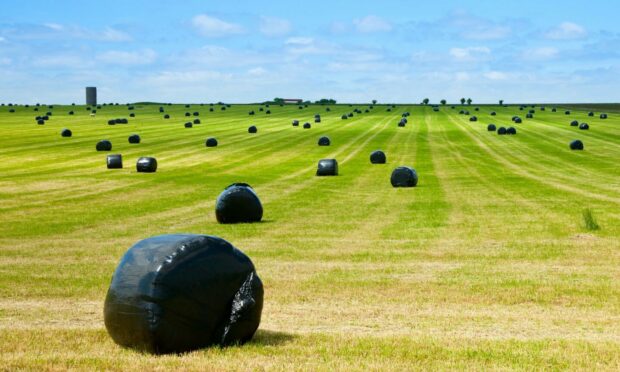
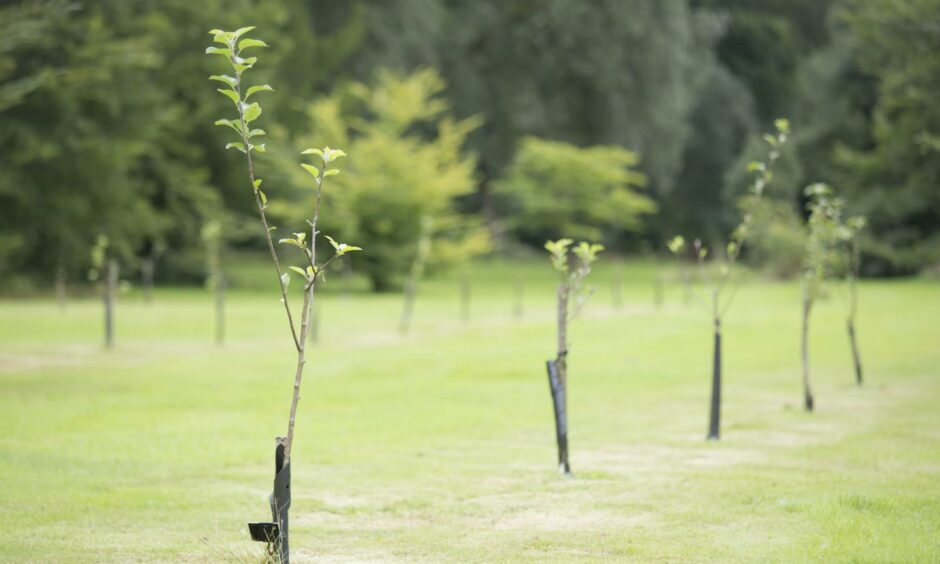



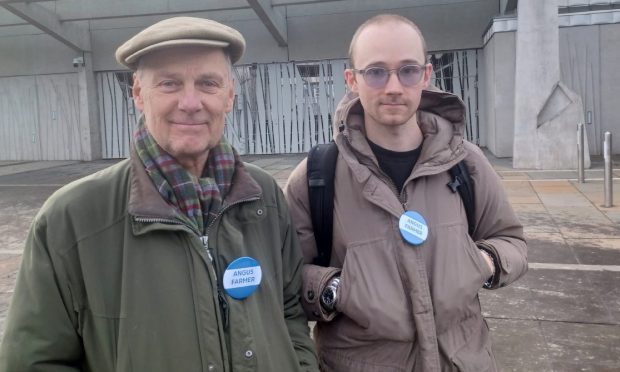


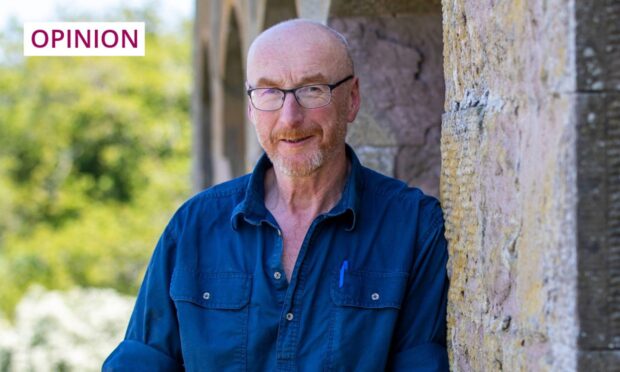
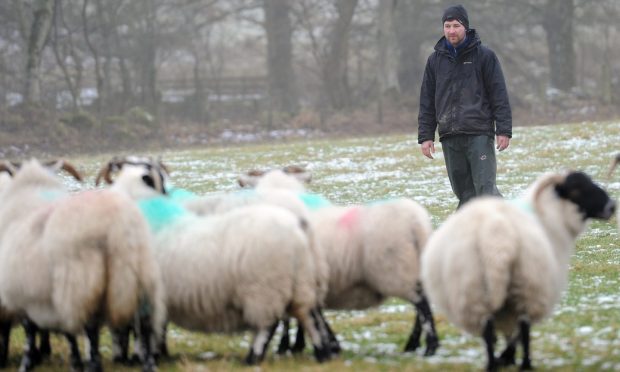

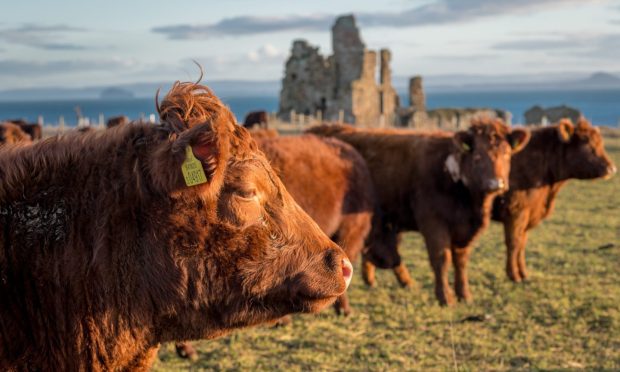

Conversation